Photo Timeline: How the Earth Formed
The evolution of the Earth
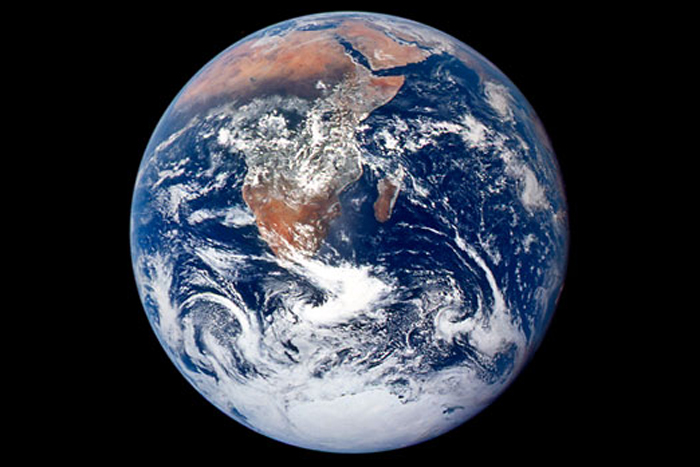
Take a tour through the fascinating geologic record left behind by the major milestones in Earth's 4.5 billion years. Here, we focus on the events that shaped the planet's surface, such as giant impacts and its oxygen-rich atmosphere.
Earth forms
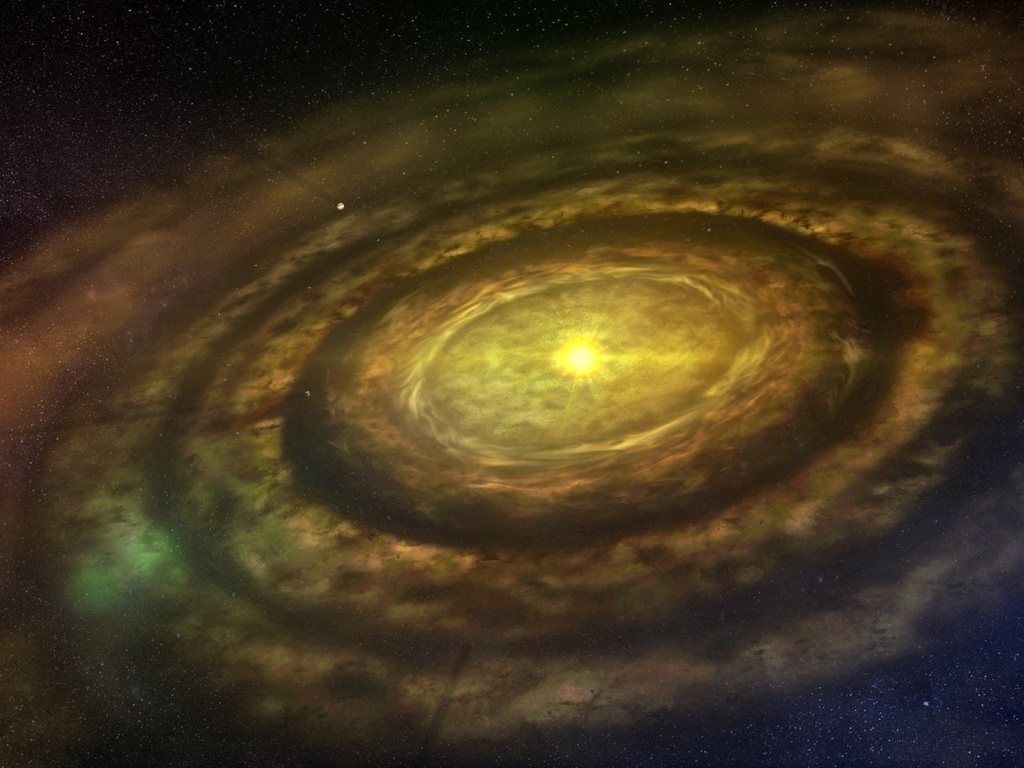
It's hard to know when the Earth first formed, because no rocks have survived from the planet's earliest days. While scientists disagree on the details, most researchers think Earth formed by a series of collisions that took place less than 100 million years after the solar system coalesced. More than 10 impacts with other bodies added bulk to our growing planet, according to most models of Earth's formation. By measuring the age of rocks on the moon, and meteorites found on Earth, scientists estimate the Earth consolidated by 4.54 billion years ago. The young planet had established an atmosphere and iron core, when …
Boom! Earth-Moon collision

The final collision in Earth's timeline was with Theia, a rocky planetoid perhaps the size of Mars. This protoplanet sideswiped Earth, leaving our planet mostly intact but destroying itself and blowing away Earth's atmosphere. Theia's vaporized debris condensed into Earth's moon. Some researchers think remnants of the pre-collision Earth still exist deep in Earth's mantle and outer core today. The mantle is the layer between the surface crust and the core.
Magma ocean
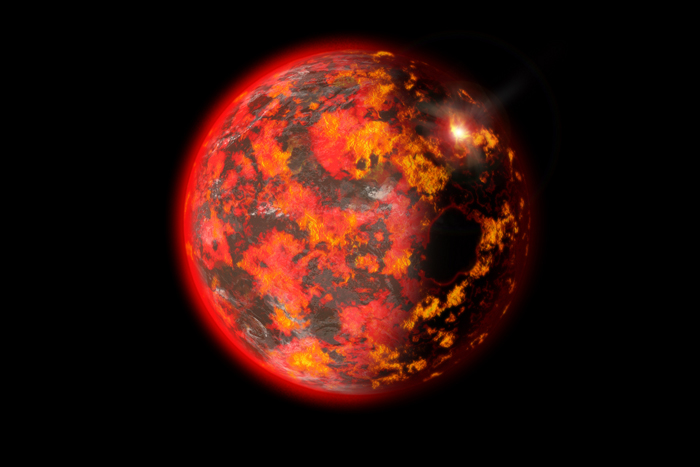
The force of the moon-forming impact left Earth a churning hot magma blob. The hellish conditions meant Earth resembled Venus for a time, with a hazy, steamy atmosphere. But as the planet cooled, lava became rock and liquid water started to condense, forming Earth's first ocean. The oldest minerals found on Earth, called zircons, date back to this time and are 4.4 billion years old.
First continents

Today, Earth is completely covered by giant tectonic plates of continental and oceanic crust. But the young Earth's first tectonic plates were much smaller. These protocontinents were recycled volcanic rock that had been remelted, or also buried and converted to metamorphic rock. These metamorphic belts often contain rich deposits of gold, silver, copper and other precious metals. The Earth's new crust grew rapidly, with about 70 percent of the crust formed by 3 billion years ago, researchers think. The earliest chemical markers of life also appeared with the first continents, about 3.8 billion years ago.
Breath of life

The first whiffs of oxygen — from the evolution of photosynthesis — emerged in rocks about 3.5 billion years ago. Photosynthesis was one of
After atmospheric oxygen levels spiked 2.4 billion years ago, not much happened on Earth for another billion years. Earth was so staid that scientists call this stretch of time the "boring billion." Things were pretty quiet tectonically, too: The continents were stuck in a supercontinental traffic jam for most of the boring billion. Many researchers think there's a link between the lack of tectonic activity and the boring billion — perhaps life needed a kick from drifting continents to drive evolution past photosynthesis, toward complex bodies.
Get the world’s most fascinating discoveries delivered straight to your inbox.
Supercontinents
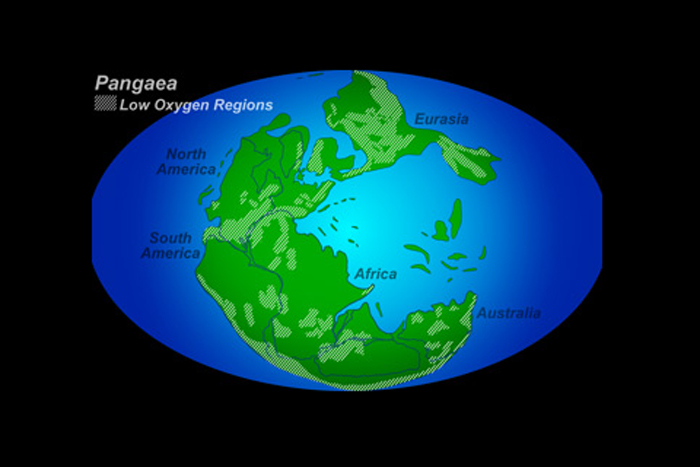
The Earth has been covered by giant assemblages of continents, called supercontinents, several times in its past. The best-known supercontinent, Pangaea, was the birthplace of the dinosaurs. But even the Earth's first continents were drawn together into supercontinents multiple times, researchers think. The remnants of ancient mountain belts help researchers fit the continents together into their past patterns, like matching puzzle pieces.
Big chill

The boring billion went bye-bye when a big supercontinent ripped apart 750 million years ago, triggering a global chill called the Snowball Earth. This model suggests the planet was a mushy "snowball" nearly completely covered with glaciers. The volcanic eruptions and rock weathering that accompanied the supercontinent breakup had trapped carbon dioxide, massively cooling the planet. Geologists have found evidence of glaciers on every continent from this time, even at spots that were at tropical latitudes.
Life explodes

The atmosphere's oxygen levels started rising again roughly 650 million years ago, about the time when the first animals appeared. The first hard parts on animals appear during the Cambrian Period 545 million years ago. While researchers have yet to agree on the reason for this explosion of life, many think a combination of factors spurred this extraordinary jump from single cells to complex creatures. For instance, the spreading continents sent a surge of nutrients into the oceans and opened up new habitats. And an evolutionary arms' race set off as animals fought to chow down on each other and protect themselves from predators.
Mass extinctions
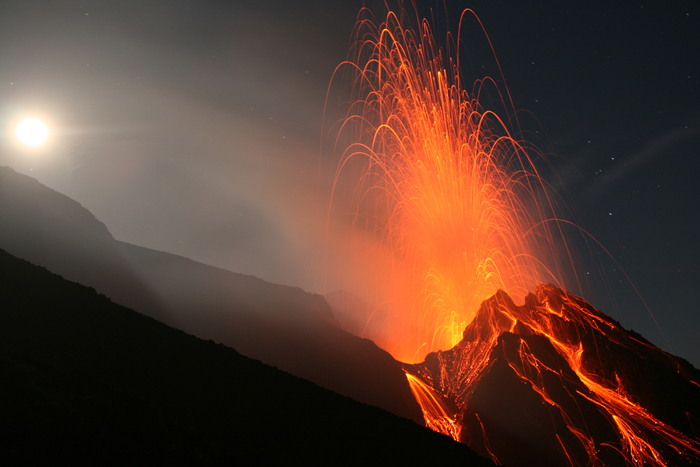
Earth has been plagued by mass extinctions since the Cambrian Period, but the biggest in the fossil record was in the Permian Period 252 million years ago. More than 90 percent of life died in just 60,000 years, researchers think, compared with 85 percent of life during the dinosaur-killing extinction at the end of the Cretaceous Period 66 million years ago. However, the primary suspect in the Permian die-off isn't a meteorite impact but a giant volcanic eruption in Siberia. Scientists think the massive lava flood created toxic greenhouse gas conditions. Chemical elements in old rocks also record mass extinctions due to climate change, such as 450 million years ago, when more than 75 percent of marine species died during a major ice age.



